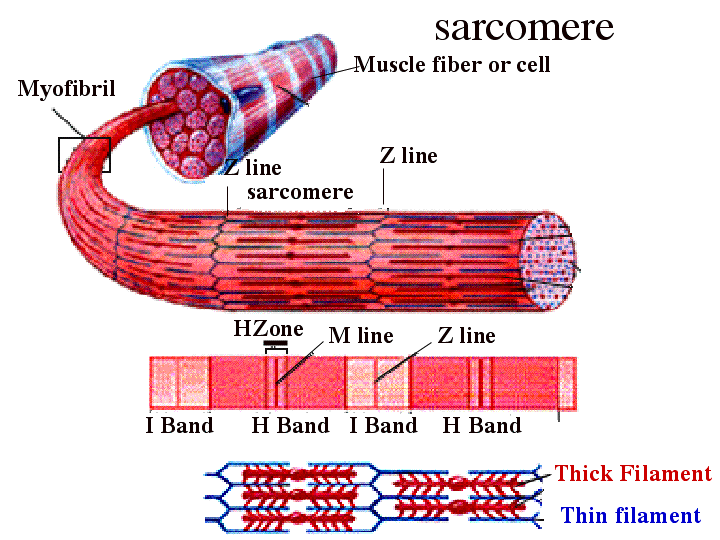Even short periods of inactivity cause dramatic loss of muscle size and strength. After just two weeks of having one leg put in a cast, all 32 men in the study lost a tremendous amount in all measures of physical fitness, strength and muscle size in the immobilized leg. After six weeks of pedaling a bicycle for rehabilitation, they still did not regain all of the strength that they had lost (Journal of Rehabilitation Medicine, June 2015). Another study showed that a person loses significant strength after stopping exercise for just four days (Exp Gerontol 2013; 48: 154–161).
Young Men Lost More Than the Older Men
The new study compared 17 young men (average age 23) and 15 older men (average age 68). The younger men lost 30 percent of muscle strength and the older men lost 25 percent. People with the largest muscles to begin with are the ones who will lose the most strength when an injury, illness or vacation stops them from exercising. That explains why younger people lose strength at a faster rate than older people. A young man who is immobilized for two weeks loses muscular strength in his leg equivalent to aging by 40 to 50 years.
The more muscle mass you have, the more you will lose. Young men have about two pounds more muscle weight in each leg than older men do, but after two weeks of inactivity, young men lost 17 ounces of muscle, compared to older men who lost nine ounces. This means that an injury causes fit people with larger muscles to lose more muscle size and strength than inactive people.
Muscles are made up of thousands of individual fibers like a rope is made of many strands. Regular exercise enlarges fiber size. Inactivity causes muscle fibers to become smaller. Therefore those with the largest fibers lose the most muscle size and strength when they stop exercising.
Rehabilitation after Inactivity
After the two weeks of immobilization, the participants trained on a bicycle 3-4 times a week for six weeks. They regained some but not all of the muscle size and strength that they lost. Aerobic training (such as running and cycling) should not be used as the only rehabilitation training. Strength training should be used along with aerobic activity to regain lost muscle strength and size. You need to lift weights or do some other form of strength training for recovery. Other studies show that it usually takes at least three times as long as the period of inactivity to recover full strength (J Am Med Assoc, 2007; 297: 1772–1774).
Why Aerobic Exercise is Not Enough
To make a muscle larger and stronger, you must exercise intensely enough to damage muscle fibers. When you use your muscles, you contract the muscle and shorten its fibers. However, you do not contract a muscle fiber equally throughout its length. Muscle fibers are made up of blocks touching end to end to form the long stringy muscle fiber. Each block touches the next block at a point called the Z-line. You have to damage the Z-line to make a muscle grow larger and stronger. If you pedal with great pressure, you will damage the muscle fibers at the Z-lines and when they heal, muscles will become stronger. However, most people do not pedal hard or long enough to cause enough damage to make the muscle larger and stronger when it heals. Adding weight training to the recovery program will help to regain the lost strength and muscle size.
What Does This Mean for You?
If you have to stop exercising for even just a few days because of an injury, vacation or illness, expect to lose strength and endurance. When you resume exercising, you should do some form of strength training to regain your lost strength. Caution: Pain at the site of an injury means that you are tearing the previously injured muscle fibers and should stop exercising immediately.
Checked 8/4/23


